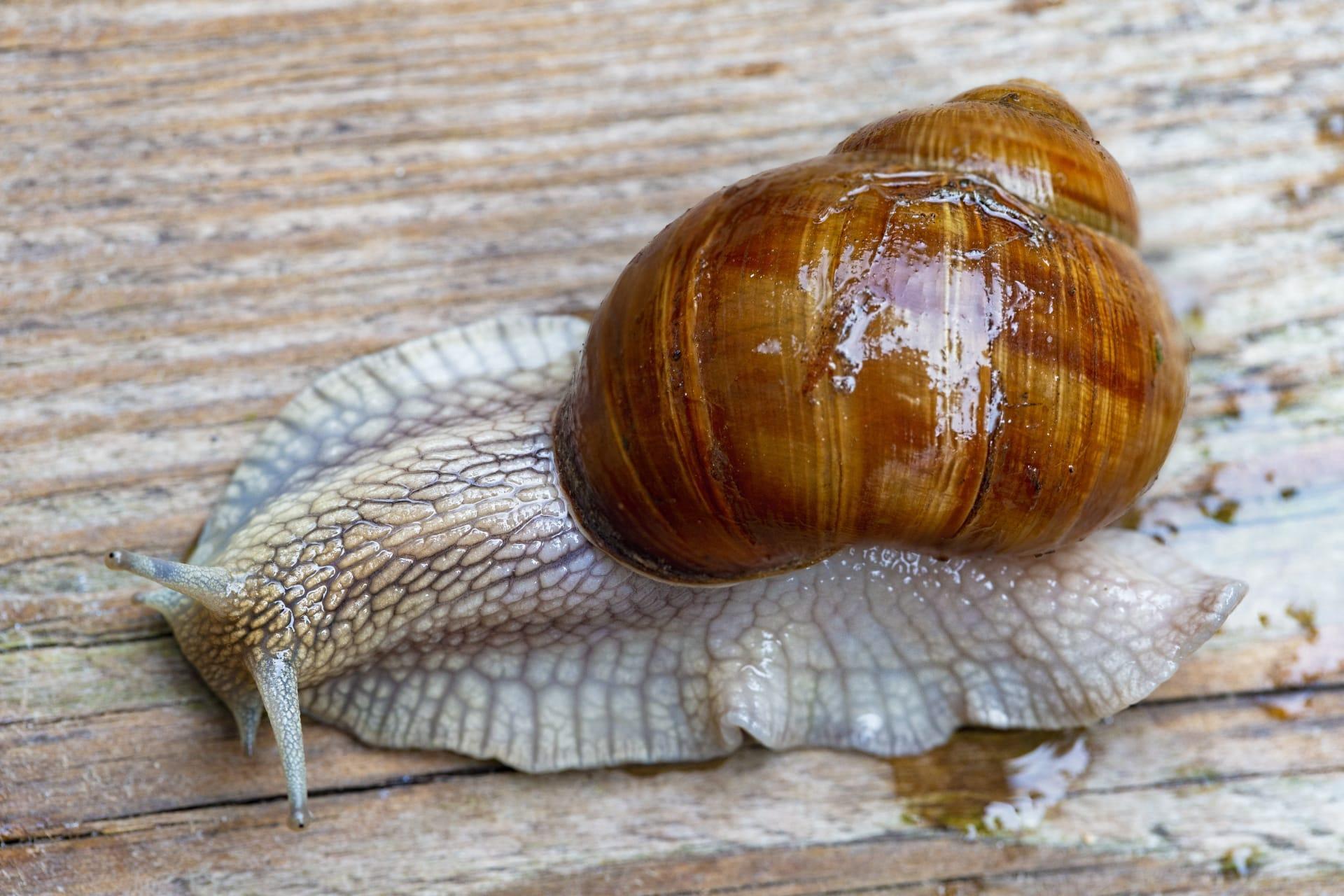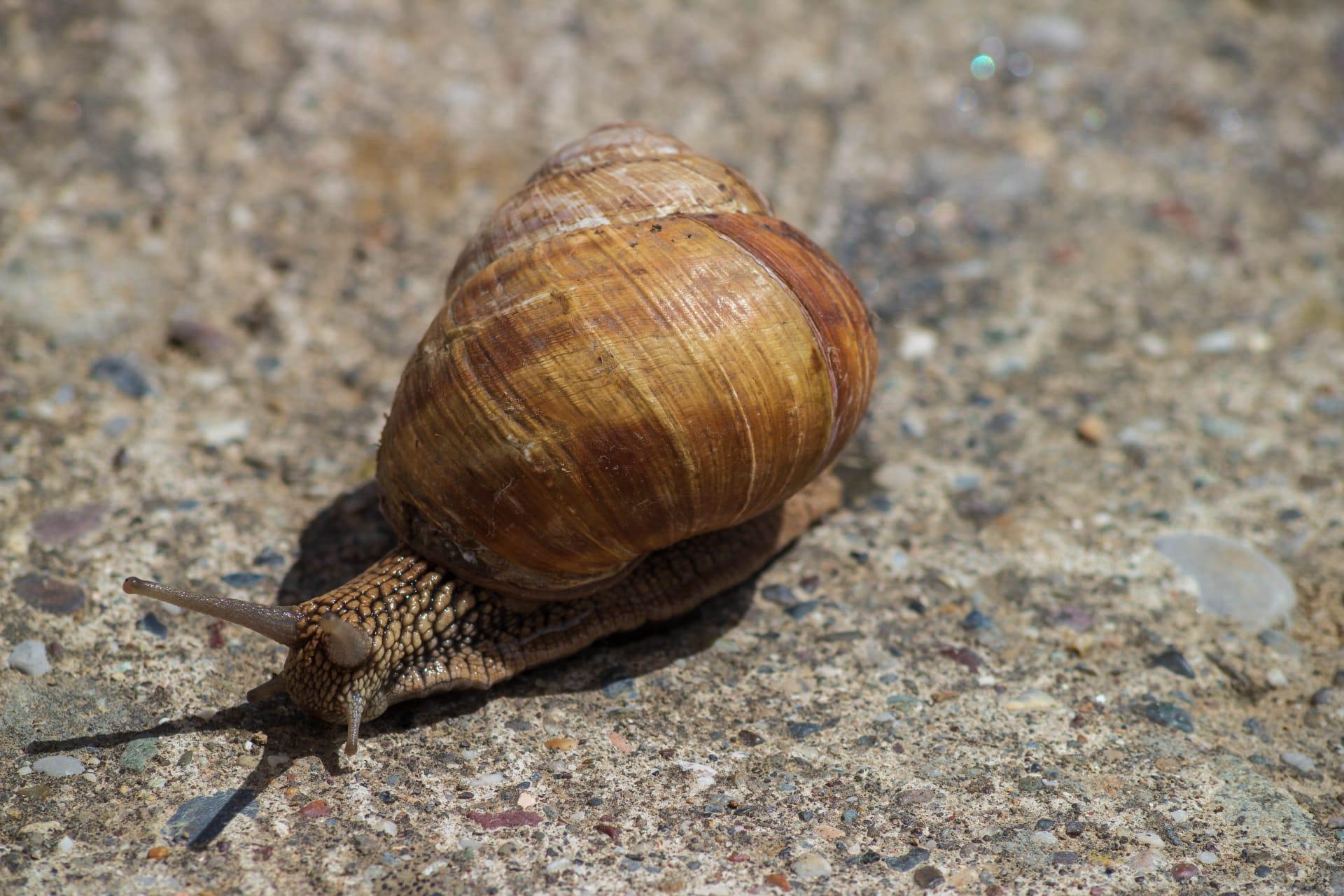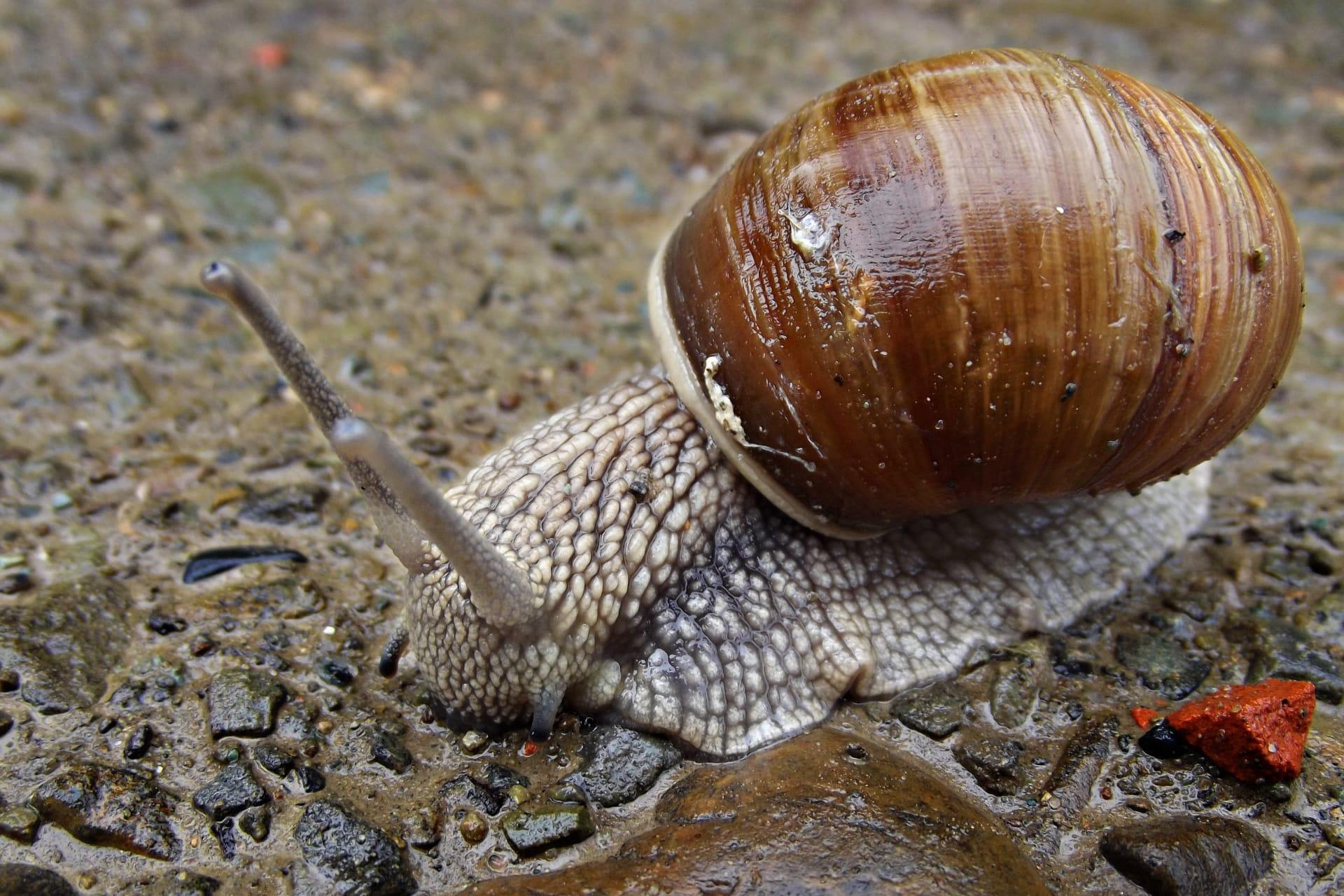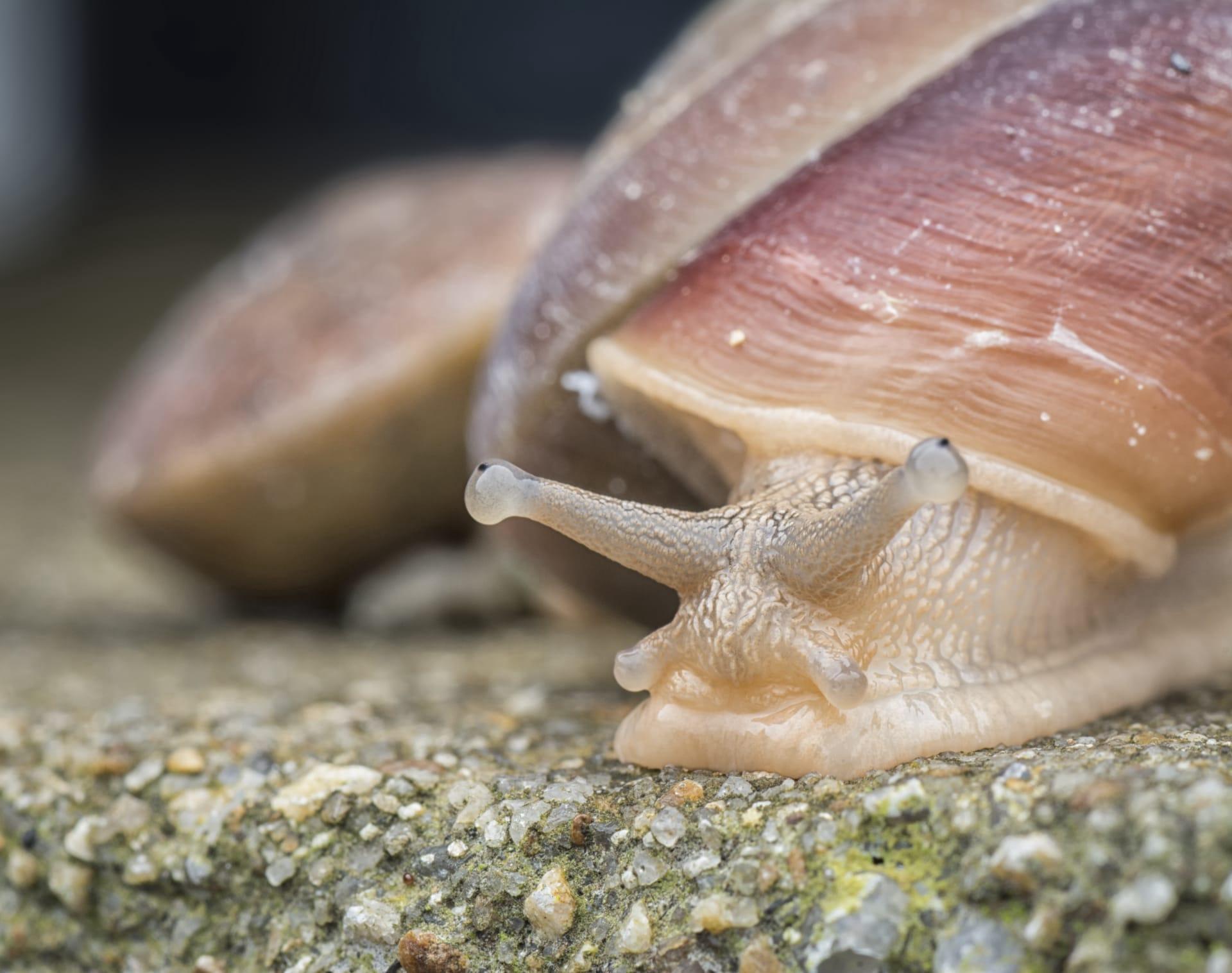Snails
- Home /
- Mini Encyclopedia /
- Animal /
- Snails
1
Snails, known for their distinctive shells and slow movement, belong to the class Gastropoda, which includes both terrestrial and aquatic species. This class is remarkably diverse, with over 60,000 species that vary in size, habitat, and behavior. Terrestrial snails, often seen in gardens and forests, are part of the subclass Pulmonata, characterized by their lung-like breathing system. Marine and freshwater snails, on the other hand, fall under several subclasses, such as Caenogastropoda and Heterobranchia, adapted to life in water with gills or modified lung structures for respiration.
Snails are distributed across the globe, from the damp forests of the Amazon to the arid deserts of Africa. Terrestrial snails are most abundant in moist environments where they can find ample food and shelter. They are particularly diverse in tropical and subtropical regions due to the warm, humid climate. Aquatic snails inhabit a wide range of water bodies, from the deepest oceans to the smallest streams. Freshwater snails are often found in lakes, rivers, and ponds, playing a crucial role in aquatic ecosystems by contributing to the nutrient cycle and serving as food for various predators.

2
Question: Do snails harm plants by eating them, making them pests in gardens and farms?
Answer: While it's true that some snail species can damage plants by feeding on leaves, stems, and fruit, not all snails are harmful to vegetation. Many snails actually play a beneficial role in ecosystems by breaking down decomposing organic matter and recycling nutrients back into the soil. Gardeners often encounter a few specific species that can be problematic, but the vast majority of snails contribute positively to the health of gardens and natural environments by aiding in decomposition and soil aeration.

3
Snails employ various survival strategies to navigate their environments and avoid predators. One key tactic is their ability to retract into their shells, offering protection against predators and harsh environmental conditions. The shell serves as a mobile home, safeguarding the snail's soft body. Additionally, snails produce a thick mucus that covers their body, reducing the risk of dehydration and facilitating smooth movement across rough surfaces.
Another survival strategy is their nocturnal lifestyle. Many snail species are active at night or during rainy periods when the risk of dehydration is lower. This behavior also helps them evade daytime predators. Snails have a keen sense of smell, which they use to locate food and navigate their surroundings, often following scent trails left by other snails to find resources or mates.

4
In ecosystems, snails form intricate relationships with other organisms, functioning as both prey and predator. They play a critical role in the food web, serving as a crucial food source for a variety of animals, including birds, small mammals, and insects. Aquatic snails, in particular, are vital in water ecosystems, where they consume algae and detritus, helping to maintain water quality and clarity.
Snails also contribute to soil health and plant growth by breaking down organic matter and recycling nutrients. Their feeding activities help decompose leaf litter and dead vegetation, turning it into nutrient-rich soil that supports plant life. Moreover, their movement through the soil aids in aeration, improving soil structure and water infiltration, which benefits plant roots and enhances ecosystem productivity.

5
Film: "Microcosmos" (France, 1996) offers a close-up view of the often overlooked world of snails and other small creatures. This documentary magnifies the tiny inhabitants of a French meadow, showcasing the intricate lives of snails in their natural habitat. The film's stunning cinematography brings viewers into the world of these creatures, highlighting their slow-paced but fascinating existence.
Book: "The Sound of a Wild Snail Eating" (United States, 2010) by Elisabeth Tova Bailey. This memoir explores the author's observations of a snail that took up residence on her nightstand while she was bedridden with illness. Bailey's intimate narrative delves into the life cycle, behavior, and ecological impact of snails, blending personal reflection with natural history.
Book: "Snails: Biology, Ecology, and Conservation" (United Kingdom, 2014) by Robert W. Cameron. This book offers a comprehensive overview of snail biology, from their evolutionary history to their role in ecosystems. Cameron, a renowned malacologist, provides insights into the conservation challenges facing snails globally, emphasizing the importance of these creatures to biodiversity and ecological balance.